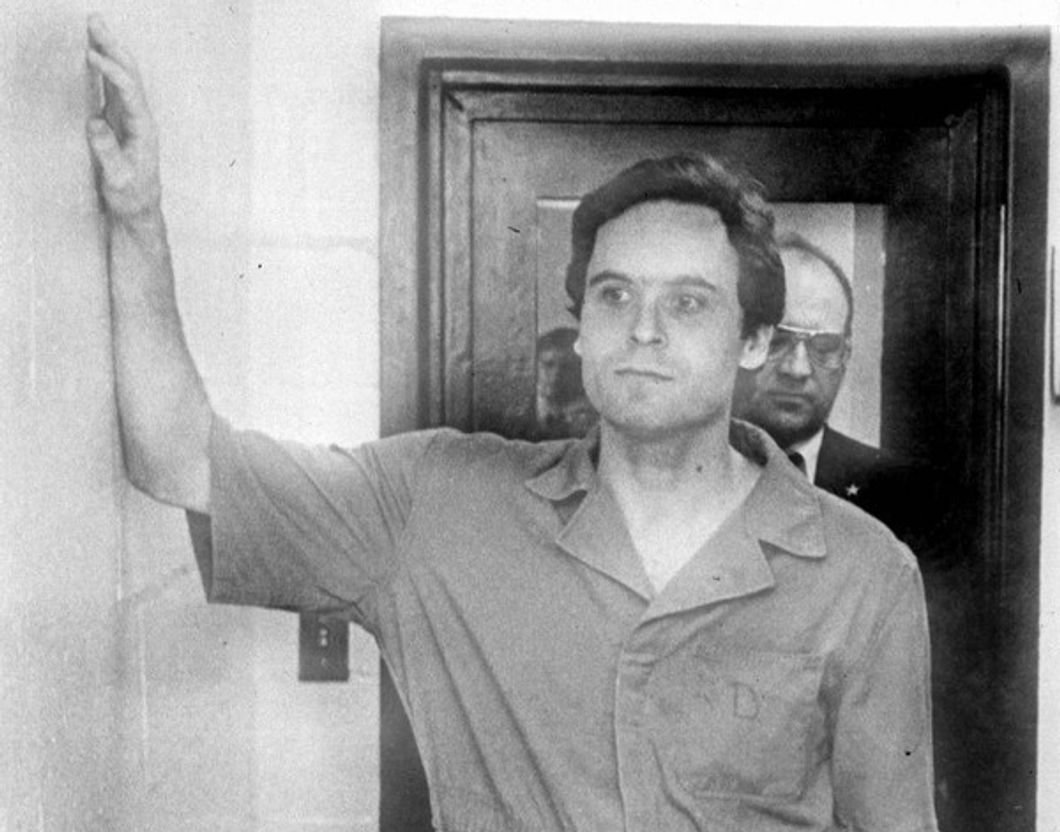We've come up on the 30th anniversary of Ted Bundy's execution this year, and as a result, American filmmaker Joe Berlinger has come out with one mainstream movie about the infamous serial killer "Extremely Wicked, Shockingly Evil, and Vile" starring High School Musical's teen heartthrob Zac Efron. The second piece is a four-part, hour long each, documentary published on Netflix's streaming platform.
If you haven't watched it yet, you might be wondering what the big deal is.
No worries. I've got you covered.
Each episode of the documentary series is about an hour long, making it around four hours. "Conversations with a Killer: The Ted Bundy Tapes" makes public tapes of Bundy being interviewed by a journalist on death row and to a certain extent, lets him speak for himself.
The documentary briefly covers his childhood, talking to people who knew him and telling us his grandfather perhaps had a mean streak and that his mother had him out of wedlock. The documentary leaves out some of the more startling details, like how for years, his mother pretended to be his sister in order to avoid embarrassment from having a child out of wedlock.
While the documentary has been criticized for romanticizing Bundy, that's not a fair criticism. The documentary features interviews with people who knew Ted throughout his life, childhood neighbors, friends, peers, along with a surviving victim. The documentary lets those who knew him best speak about him. And while his friends, church congregation and the women he dated talk of the gentleman they knew. Alongside them, the police officers who are interviewed often saw the true horror of his crime scenes, paint an entirely different picture.
The documentary strays away from some of the more grisly details in its four hours, But it covers the murders respectfully and accurately. If they went into any more depth of the torture these women (and one 12-year-old girl) suffered, it would become disrespectful torture porn, and I found that Netflix managed to accurately give information regarding the crimes without disrespecting the victims.
There was one portion of the documentary I took issue with, albeit, it was a brief moment, where a therapist and others discuss Bundy's manic depressive diagnosis, stating that his calm demeanor occurred during his manic phases. It's breezed over, giving a false impression of manic depression, and one that perpetuates further stereotypes.
However, the issues this documentary has are small. It is accurate and concise, lets both the victims and the killer speak for themselves, in recorded prison audio tapes and bizarre courtroom footage that shows just who Bundy actually was. The documentary also feature amazing footage of the PNW in the '70s and early '80s, carefully reminding us that this is a part of our history, and it shouldn't be forgotten.






 The minimum wage is not a living wage.
StableDiffusion
The minimum wage is not a living wage.
StableDiffusion
 influential nations
StableDiffusion
influential nations
StableDiffusion












